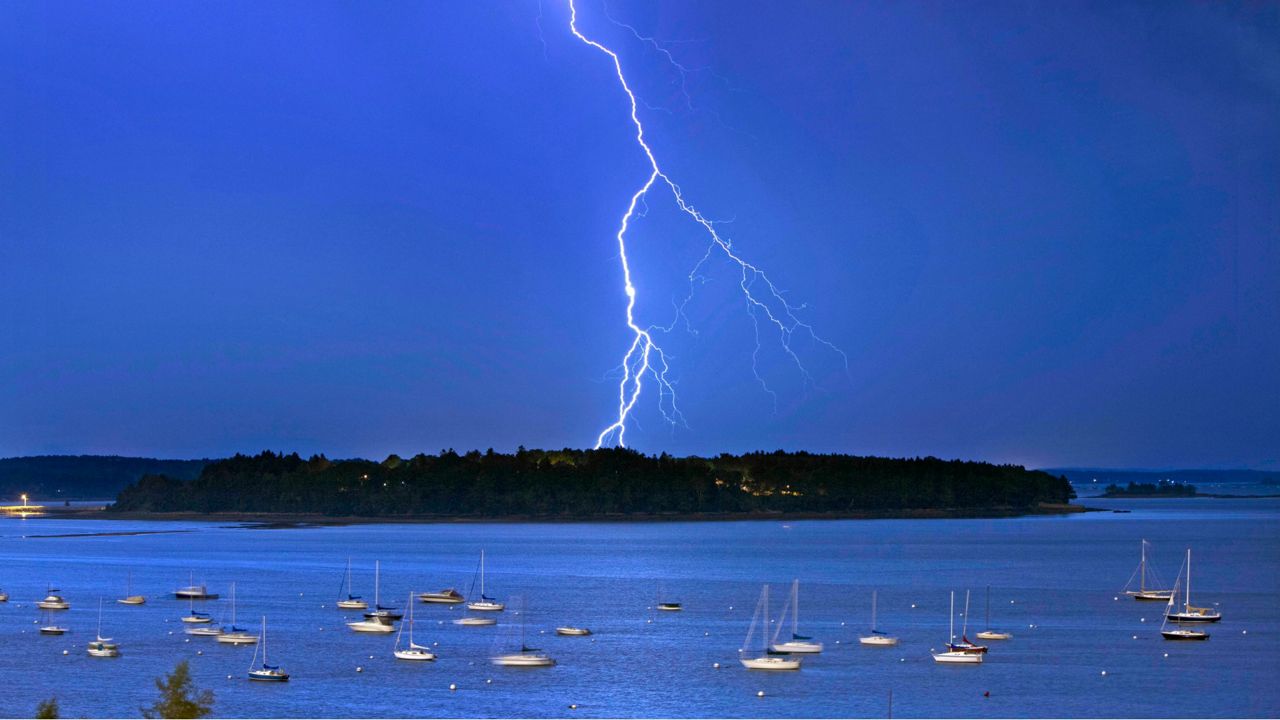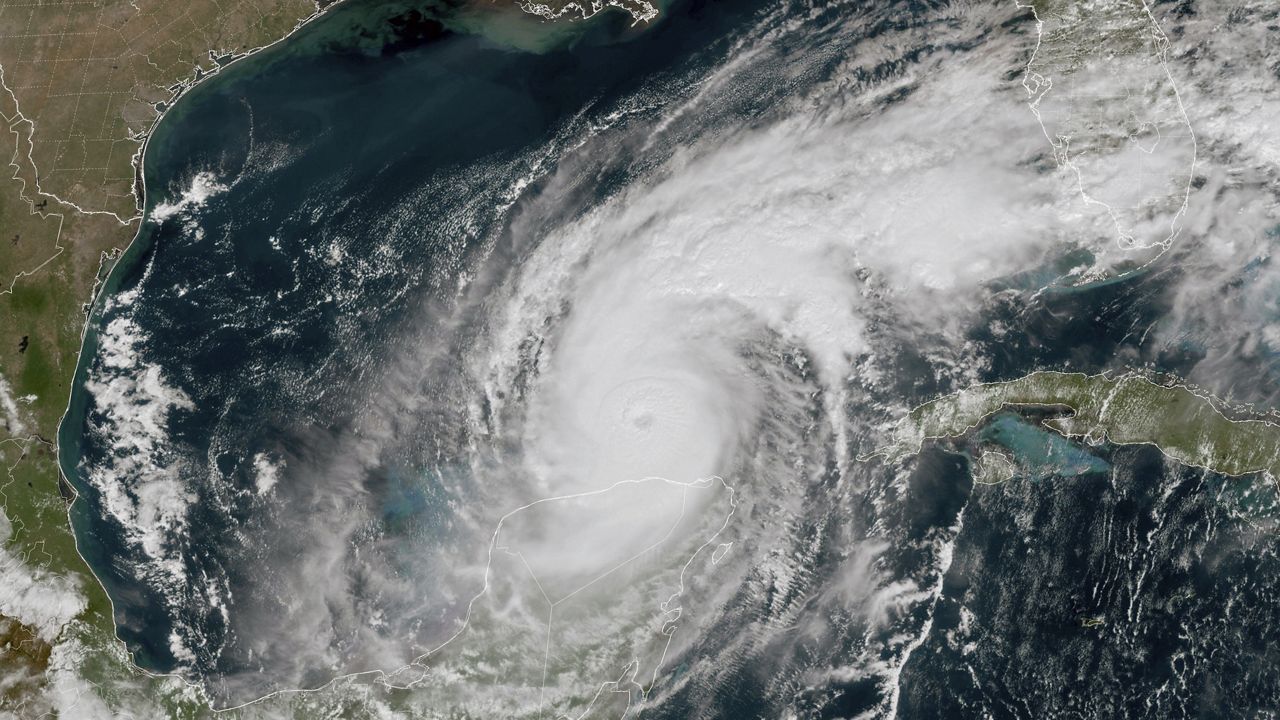Lightning deaths are on the rise this year, after two people lost their lives in separate incidents last weekend. These unfortunate events signal the beginning of the spring and summer stormy season, when lightning deaths become the most common.
In southeastern Pennsylvania, a driver was killed last Saturday when lightning struck a tree along a roadway. The strike caused a large branch to fall onto the driver’s SUV, killing him on the spot.
The Pennsylvania State Police reported that a front-seat passenger was injured, while a backseat passenger escaped unharmed.
The next day in Florida, a boater was struck by lightning while a severe thunderstorm passed overhead while on the Indian River. Another boater was injured in that incident.
The National Lightning Safety Council says that, on average, the U.S. sees around 22 lightning-related deaths per year. However, with two fatalities already occurring in mid-April, the figure is about three weeks ahead of average.
Lightning strikes resulting in fatalities on boats or in Florida are not uncommon. The boater’s death was the 52nd lightning-related death in Florida in the past 10 years, with 25 of those deaths occurring on boats since 2006.
According to the National Lightning Safety Council, the odds of being struck by lightning in any year are 1 in 1.51 million, which is roughly 1 in 18,800 over an average lifetime. However, despite these seemingly low odds, it’s important to take lightning safety seriously.
Since 2006, over 400 people have died because of lightning strikes, with many of these incidents occurring during outdoor activities such as sports and water-related activities.
To avoid falling victim to a lightning strike, it’s recommended that individuals monitor weather forecasts and seek shelter immediately if thunderstorms are predicted.
If caught outside during a storm, avoid taking shelter under trees, and instead move to an enclosed building or vehicle. Individuals should wait at least 30 minutes after the last clap of thunder before venturing back outside.
The Council also advises against using electronic devices such as corded phones or computers during thunderstorms. Metal objects such as golf clubs and bicycles should also be avoided, as they can attract lightning.
In addition to individual precautions, the National Lightning Safety Council also recommends that outdoor event organizers develop and communicate an emergency action plan to attendees in case of a lightning threat. The plan should outline safe shelter locations and evacuation procedures.
By taking these necessary precautions and being aware of the dangers of lightning strikes, individuals can enjoy outdoor activities while minimizing the risk of injury or death.
Our team of meteorologists dives deep into the science of weather and breaks down timely weather data and information. To view more weather and climate stories, check out our weather blogs section.








